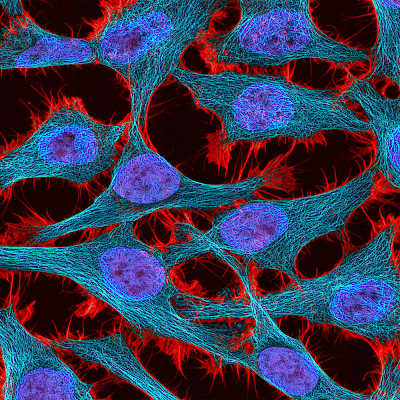Improving AI predictions for medical imaging
May. 02, 2025.
2 mins. read.
3 Interactions
A new method reduces prediction sets by up to 30 percent, helping clinicians diagnose diseases from medical images more efficiently.
Artificial intelligence (AI) helps doctors analyze medical images like chest X-rays. These images can show conditions such as pleural effusion, which is fluid buildup in the lungs, or pulmonary infiltrates, which are pus or blood in the lungs. These conditions often look similar, making diagnosis tricky. An AI model can spot subtle details and speed up diagnosis. However, one image might suggest many possible conditions. Doctors prefer a list of likely diagnoses rather than a single AI guess.
Conformal classification is a method that gives a list of possible diagnoses with a guarantee that the correct one is included. Conformal classification works with AI models but often produces lists that are too long to be useful.
Researchers at MIT found a way to shrink these lists by up to 30 percent while keeping predictions reliable. Smaller lists help doctors focus on the right diagnosis faster, improving patient treatment.
Enhancing prediction reliability
AI models often give a probability score with each prediction to show confidence. For example, an AI might say there’s a 20 percent chance an X-ray shows pleurisy, a lung condition. But these scores can be wrong, and the list of options can be too large. Small changes, like rotating an image, can also change the list completely.
The researchers used test-time augmentation, a technique that improves AI accuracy. It creates multiple versions of an image by cropping, flipping, or zooming. The AI analyzes each version and combines the predictions. This makes predictions more accurate and stable. The researchers applied this to conformal classification. They used some labeled images to learn how to combine these versions effectively. The researchers have described this method in a paper posted to GitHub.
This approach cut list sizes significantly while keeping the guarantee that the correct diagnosis is included. It’s easy to use and doesn’t require retraining the AI. The method also works despite using some labeled images for augmentation instead of classification. The researchers plan to test this with text classification and reduce the computing power needed.
Let us know your thoughts! Sign up for a Mindplex account now, join our Telegram, or follow us on Twitter.


.png)

.png)


.png)






0 Comments
0 thoughts on “Improving AI predictions for medical imaging”